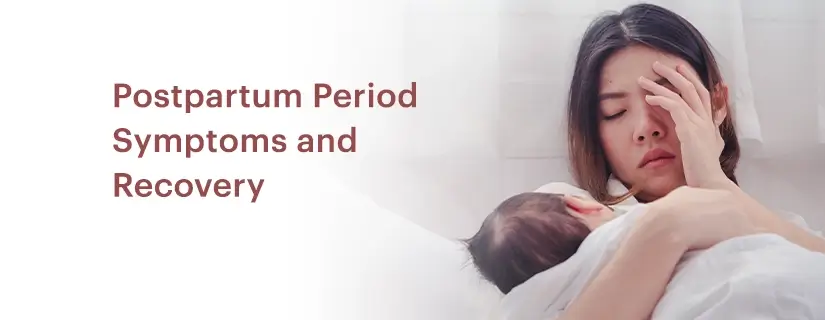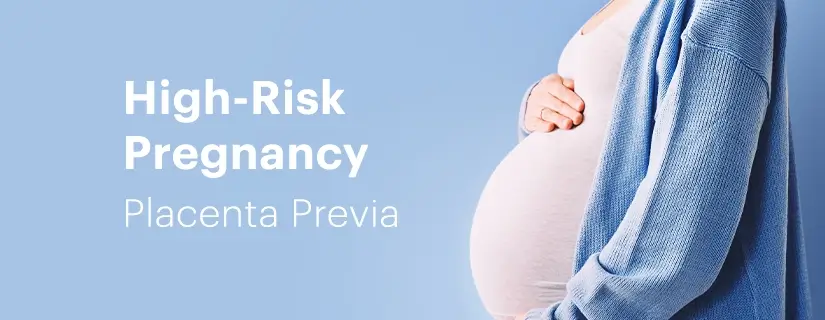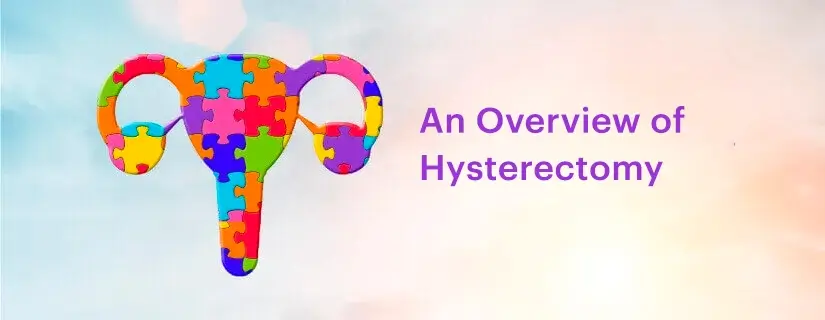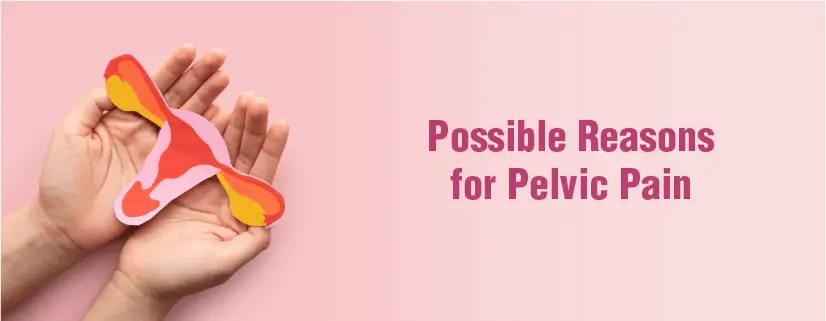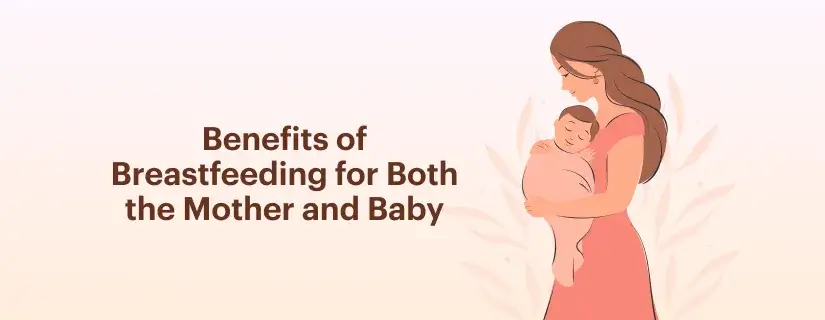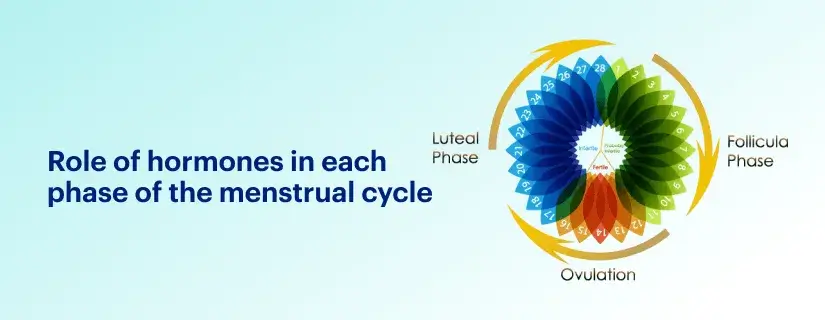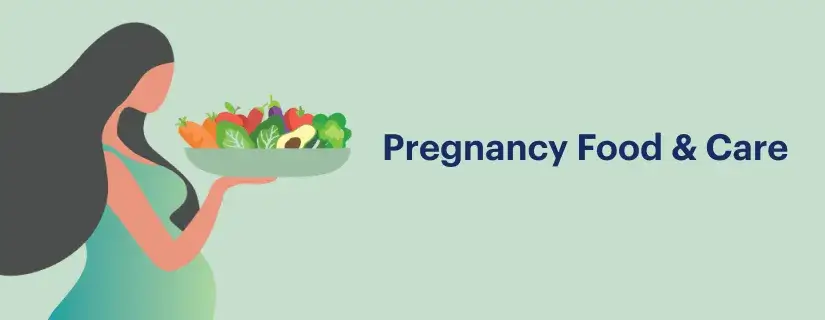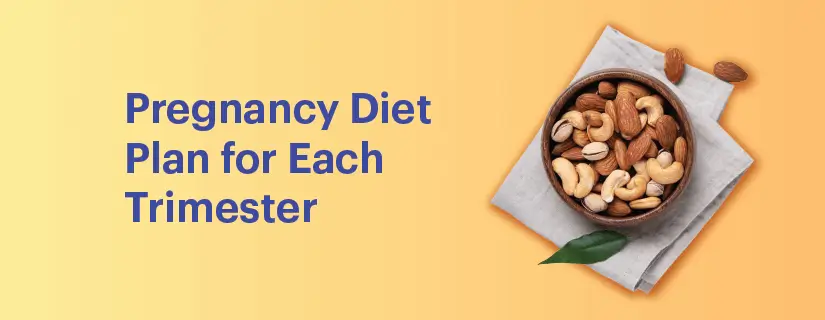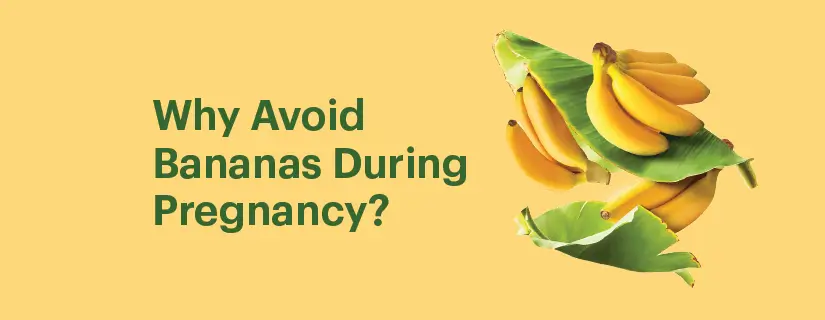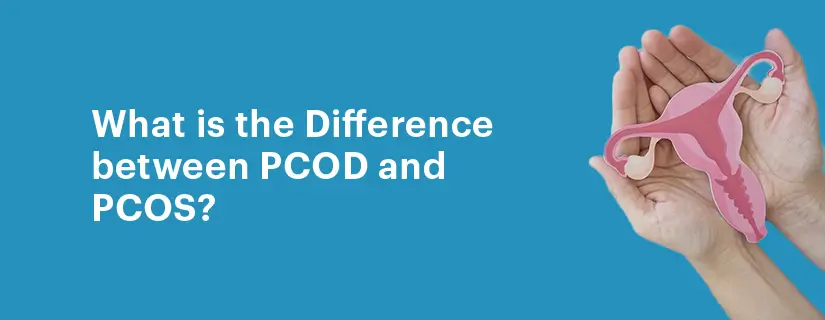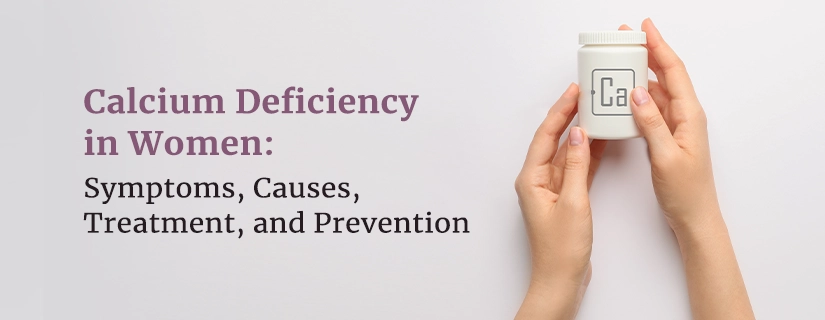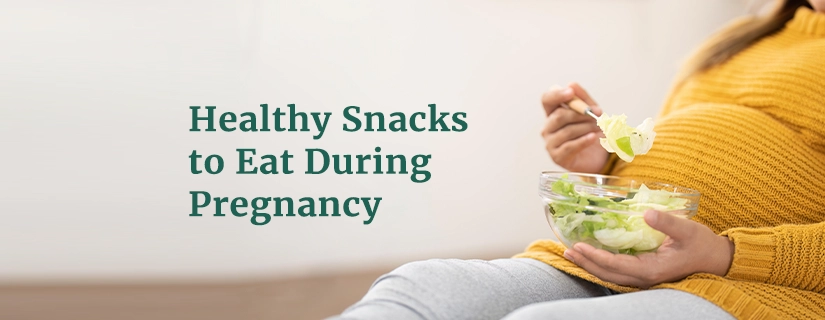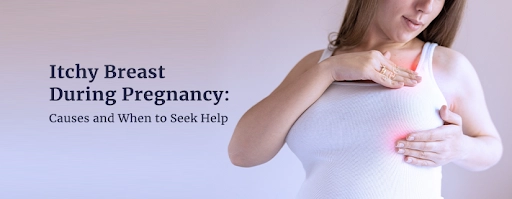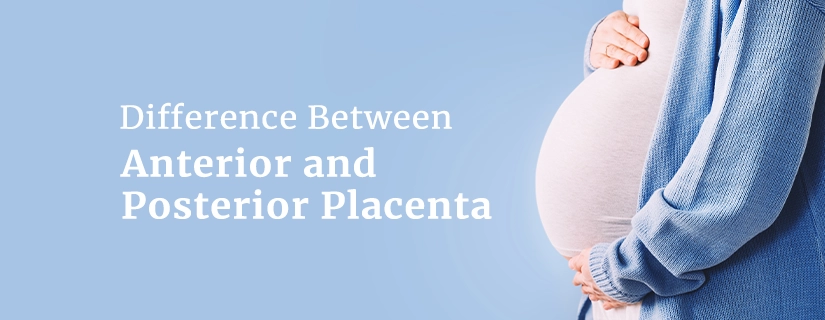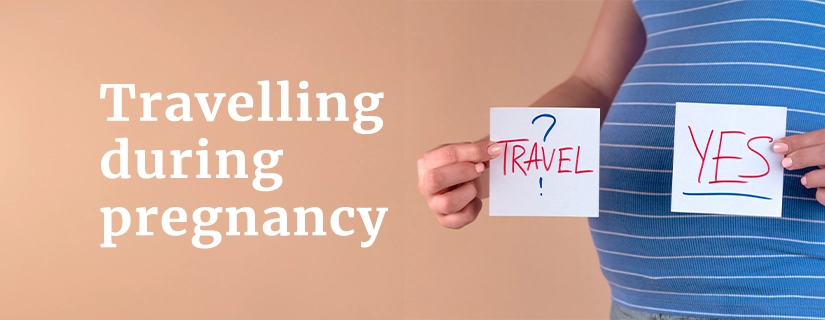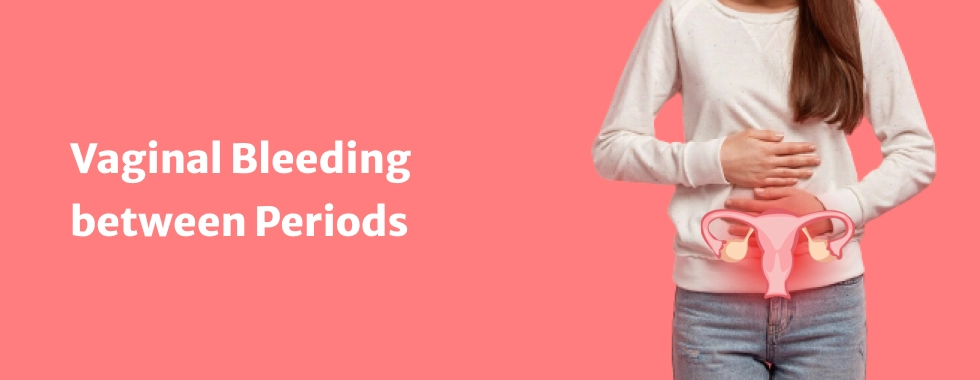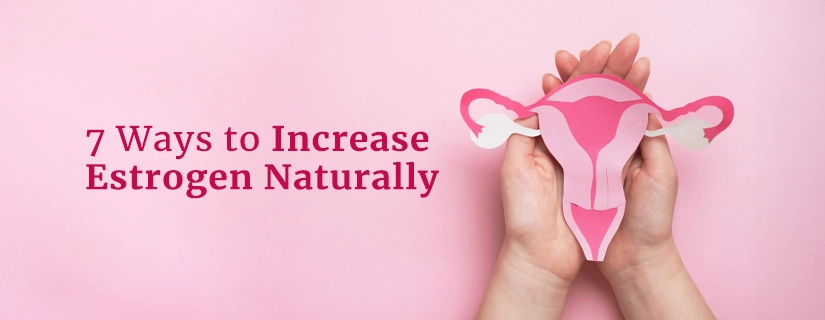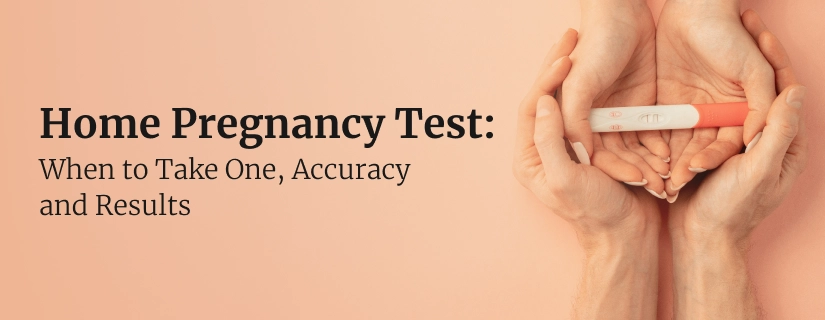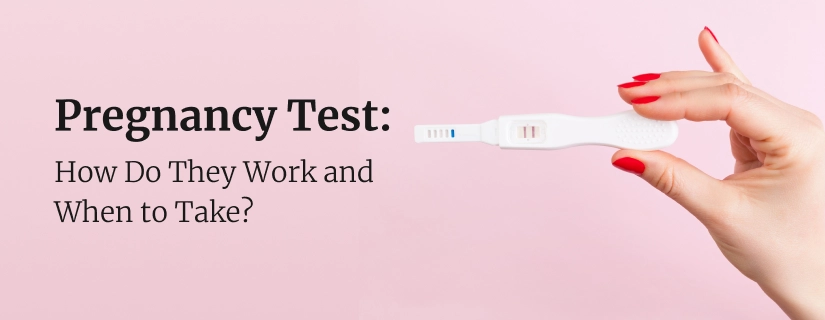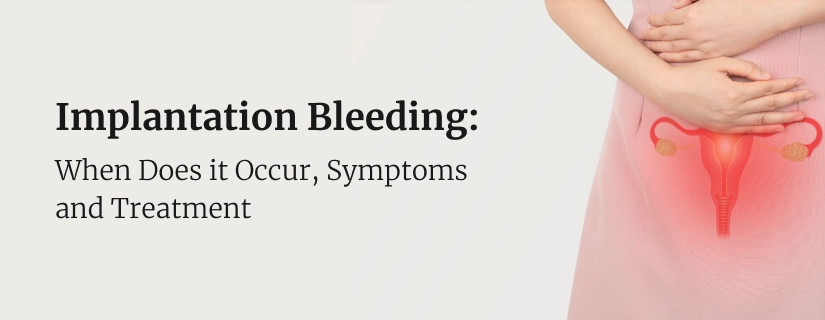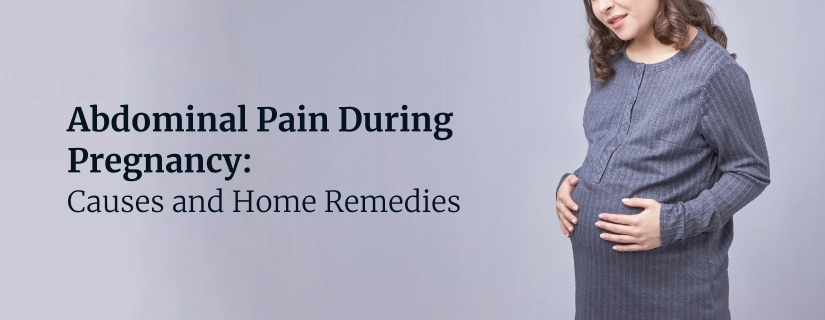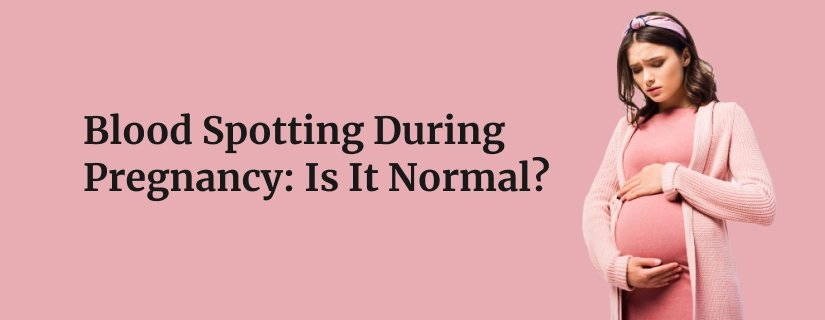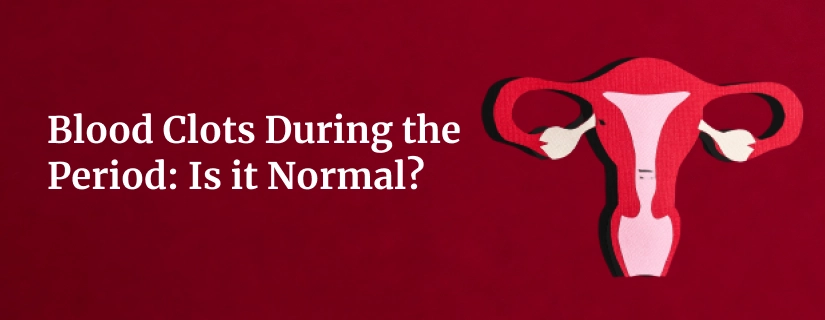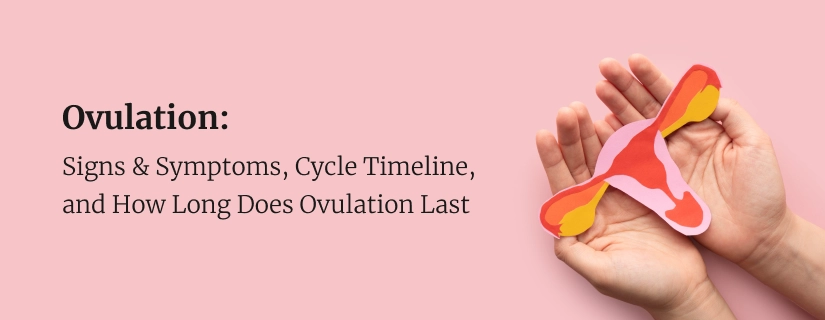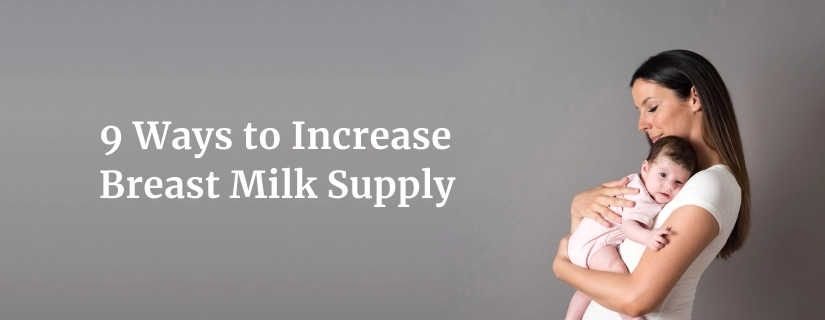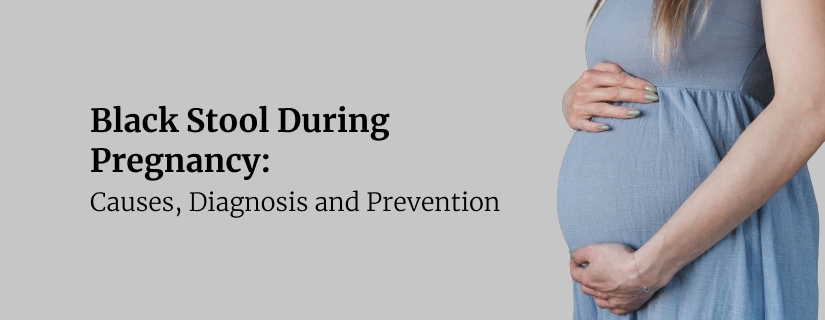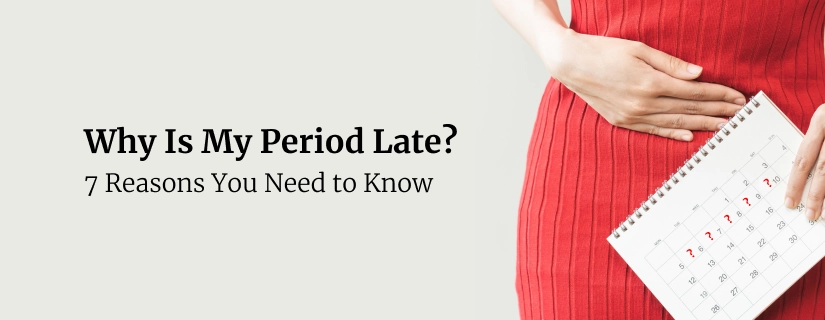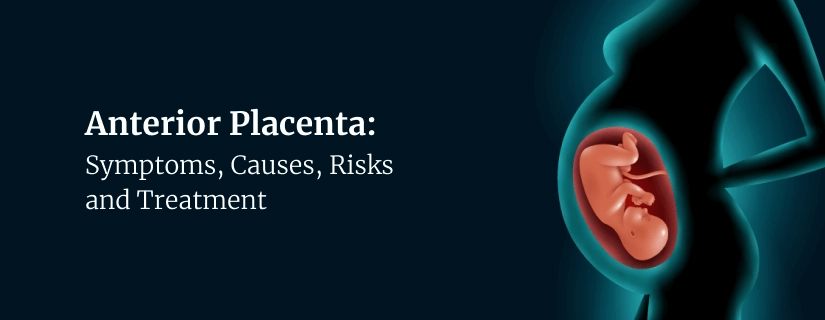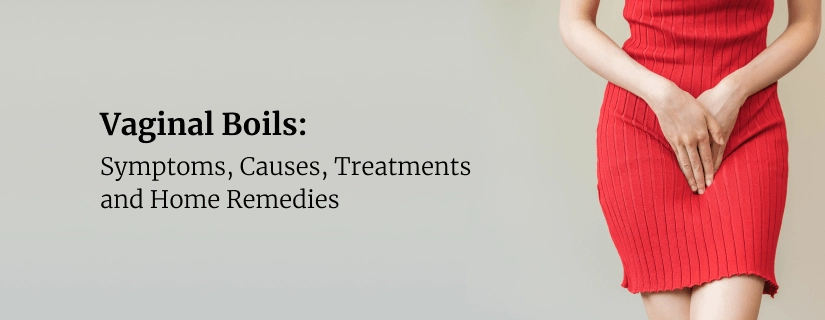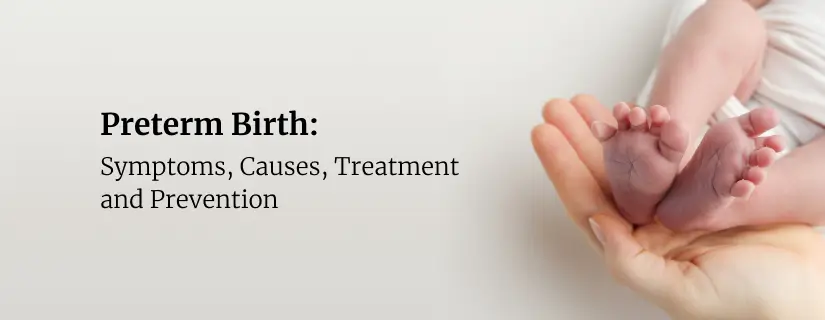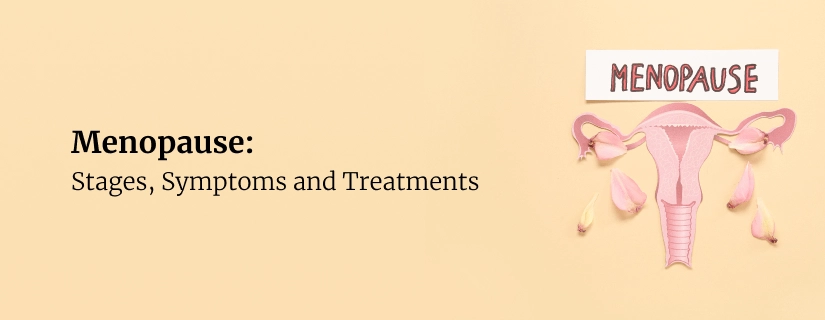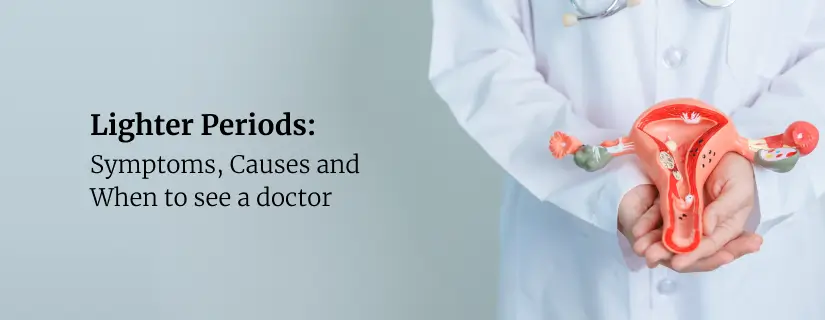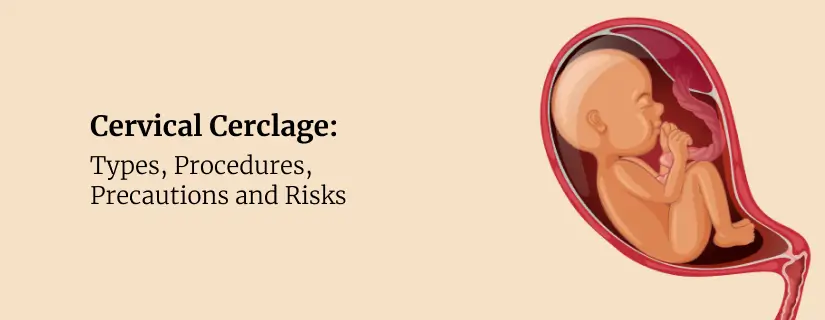-
Doctors
-
Specialities & Treatments
Centre of Excellence
Specialties
Treatments and Procedures
Hospitals & Directions HyderabadCARE Hospitals, Banjara Hills CARE Outpatient Centre, Banjara Hills CARE Hospitals, HITEC City CARE Hospitals, Nampally Gurunanak CARE Hospitals, Musheerabad CARE Hospitals Outpatient Centre, HITEC City CARE Hospitals, Malakpet
HyderabadCARE Hospitals, Banjara Hills CARE Outpatient Centre, Banjara Hills CARE Hospitals, HITEC City CARE Hospitals, Nampally Gurunanak CARE Hospitals, Musheerabad CARE Hospitals Outpatient Centre, HITEC City CARE Hospitals, Malakpet Raipur
Raipur
 Bhubaneswar
Bhubaneswar Visakhapatnam
Visakhapatnam
 Nagpur
Nagpur
 Indore
Indore
 Chh. Sambhajinagar
Chh. SambhajinagarClinics & Medical Centers
Book an AppointmentContact Us
Online Lab Reports
Book an Appointment
Consult Super-Specialist Doctors at CARE Hospitals
What Is The Difference Between IUI and IVF?
Updated on 9 May 2025
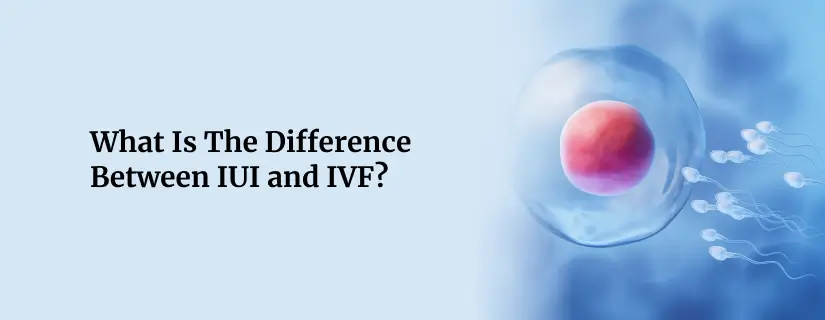
The stark difference between IUI and IVF treatments extends beyond their medical approaches to their costs. Each treatment serves different fertility needs, from mild fertility issues to more complex cases requiring advanced intervention.
This guide examines the key difference between IVF and IUI, helping readers understand which treatment might suit their specific situation. From success rates and costs to medical procedures and timing, we will explore every aspect to support informed decision-making in the fertility journey.
What is IUI?
Intrauterine insemination (IUI) is a common and minimally invasive fertility treatment that involves placing specially prepared sperm directly into a female's uterus to increase the chances of pregnancy. This procedure is also known as artificial insemination and serves as a less invasive first step for many couples struggling with fertility issues.
During an IUI procedure, doctors time the treatment to coincide with ovulation—the period when an ovary releases an egg. The process makes conception easier by reducing the distance sperm must travel to reach the egg. In natural conception, only about 5% of sperm successfully travel from the vagina to the uterus. IUI bypasses this challenge by delivering concentrated, healthy sperm directly to where they need to be.
The IUI procedure consists of two main parts:
- Sperm preparation: The sperm sample (either from a partner or donor) undergoes a process called "washing," which removes debris and selects only the healthiest, most motile sperm.
- Insemination: Using a thin, flexible catheter, the doctor places the prepared sperm cells directly into the uterus. This process gives the sperm a significant head start on their journey toward the fallopian tubes, where fertilisation typically occurs.
Who Can Benefit from IUI?
Couples with unexplained infertility often turn to IUI as their first treatment approach. For couples under 35, this means those who have tried for a year without success, while couples over 35 may be candidates after six months of trying. Additionally, IUI serves as a valuable option for couples where minor fertility issues exist but are not severe enough to warrant more invasive treatments.
Several specific medical conditions make someone particularly suitable for IUI:
- Cervical issues: When problems with cervical mucus or the cervix itself prevent sperm from reaching the uterus, IUI bypasses this barrier entirely
- Mild male factor infertility: Men with slightly lower sperm count or motility issues can benefit as the procedure selects only the healthiest, most active sperm
- Ovulation disorders: Women who don't ovulate regularly may find IUI combined with fertility medications particularly effective
- Mild endometriosis: Those with mild to moderate cases often see improved conception chances
- Semen allergies: In rare cases where a woman has an allergic reaction to proteins in semen, IUI removes these proteins during sperm washing
What is IVF?
IVF stands as the most effective type of assisted reproductive technology available today. The complete process typically takes about 2-3 weeks to complete a single cycle. During this time, patients undergo several carefully coordinated steps:
- Stimulation: Fertility medicines stimulate the ovaries to produce multiple eggs rather than the single egg normally released each month
- Egg retrieval: A minor surgical procedure removes eggs from the ovaries using ultrasound guidance & a thin needle
- Fertilisation: Collected eggs meet sperm in a laboratory dish where fertilisation occurs, sometimes using direct sperm injection (ICSI) for better results
- Embryo culture: Fertilised eggs or ova develop into embryos over approximately 5 days while being monitored by laboratory staff
- Embryo transfer: Developed embryos are placed into the uterus through a thin catheter, potentially resulting in pregnancy if implantation occurs
Who Might Benefit from IVF?
Doctors typically recommend IVF for patients with certain fertility issues. These include:
- Fallopian tube damage or blockage: When eggs cannot travel from ovaries to the uterus
- Ovulation disorders: Including polycystic ovary syndrome (PCOS)
- Endometriosis: Especially cases that haven't responded to other treatments
- Uterine fibroids: Which may interfere with implantation
- Male factor infertility: Including low sperm count or motility issues
- Unexplained infertility: When no specific cause has been identified
- Previous tubal sterilisation or other surgery preventing natural conception
Beyond these conditions, IVF often suits individuals in unique situations. For instance, women over 40 frequently turn to IVF as their first treatment option rather than trying less effective methods first.
Which One is Right for You?
Choosing between IUI and IVF represents one of the most important decisions in a fertility journey. Primarily, this choice depends on your health and the underlying cause of infertility. A thorough consultation with a reproductive endocrinologist provides the foundation for making this decision, as every patient's situation is unique.
For many couples, IUI serves as the starting point due to its less invasive nature and lower cost compared to IVF. Typically, IUI is considered first when facing unexplained infertility, mild endometriosis, or minor sperm abnormalities. Younger couples often see more success with IUI, making them better candidates for this approach.
Alternatively, moving directly to IVF might be recommended in these situations:
- Damaged or blocked fallopian tubes - IVF bypasses this issue entirely
- Severe male factor infertility - When sperm count or quality is significantly compromised
- History of failed IUI attempts - Studies show switching to IVF after unsuccessful IUI cycles leads to higher pregnancy rates.
- Advanced maternal age - Women whose age or diminished ovarian reserve is a concern
- Genetic disorders - When pre-implantation genetic testing is needed
- Desire to select child's sex - For family balancing purposes
When to do IUI first
Primarily, IUI serves as the initial approach for those with unexplained infertility. When no apparent cause for conception difficulties exists, starting with this less invasive method makes both medical and financial sense. Couples experiencing ovulation-related difficulties benefit from IUI as a starting point—including those with polycystic ovary syndrome (PCOS) or other forms of anovulation.
Regarding male fertility factors, IUI functions as the appropriate first step when:
- Moderate sperm health issues exist, but healthy quantities remain
- Mild male factor infertility (subfertility) affects conception
- Partners experience ejaculatory dysfunction
IUI clearly stands as the logical first choice for specific physical barriers to conception, such as:
- Cervical mucus problems that prevent sperm passage
- Cervical scarring from previous procedures
- Cervical factor infertility that hinders natural fertilisation
For same-sex female couples and single individuals using donor sperm, IUI typically precedes more complex fertility treatments.
When to start IVF
Doctors typically suggest skipping IUI altogether when patients present with blocked or damaged fallopian tubes. This condition fundamentally prevents eggs from meeting sperm naturally, making IVF the only viable solution. Similarly, individuals who previously underwent tubal ligation should consider IVF immediately if they don't want or cannot undergo reversal surgery.
Age plays a decisive role in treatment selection. For individuals over 40, doctors often recommend IVF as the primary treatment option rather than attempting less effective interventions first. This approach acknowledges the reality of declining egg quality and quantity with advancing age.
Certain health conditions strongly indicate immediate IVF treatment:
- Moderate to severe endometriosis
- Uterine fibroids
- Ovulation disorders
- Low sperm count or motility issues
- Genetic concerns - Those wishing to screen embryos for genetic disorders through pre-implantation genetic testing
Conclusion
Choosing between IUI and IVF requires careful consideration of several key factors. Medical conditions often determine the best treatment path. Patients with blocked fallopian tubes or severe endometriosis might benefit more from starting with IVF. Meanwhile, those with unexplained infertility or mild fertility issues could find success with IUI first.
Each patient's journey differs, making professional medical guidance essential for choosing the right treatment path. The final choice between IUI and IVF depends on individual circumstances, including medical conditions, age, budget, and personal preferences. Speaking with a fertility specialist helps create a personalised treatment plan that addresses unique needs and maximises chances of success.
ENQUIRY FORM
SELECT CATEGORIES
-
Neurosciences (16)
-
Neurology (38)
-
Neurosurgery (14)
-
Orthopaedics (48)
-
Oncology (33)
-
Obstetrics and gynecology (52)
-
Pulmonology (23)
-
Urology (20)
-
Nephrology (13)
-
Psychiatry (7)
-
Dietetics and Nutrition (111)
-
General Medicine (63)
-
Cardiac Sciences (32)
-
Vascular & Endovascular Surgery and Interventional Radiology (15)
-
Gastroenterology (46)
-
Endocrinology (23)
-
Plastic Surgery (10)
-
Critical Care Medicine (5)
-
COVID-19 (16)
-
Dermatology (16)
-
Emergency Care (1)
-
Ophthalmology (4)
-
Pediatrics (14)
-
Laparoscopic and Bariatric Surgery (8)
-
ENT (15)
-
Kidney Transplant (1)
-
Liver Transplantation and Hepatobiliary Surgery (5)
-
General Surgery (3)
-
Internal Medicine (5)
-
Medicine Information
Implantation Bleeding Vs Periods: Know the Difference
YOU MAY ALSO LIKE
RECENT BLOGS
-
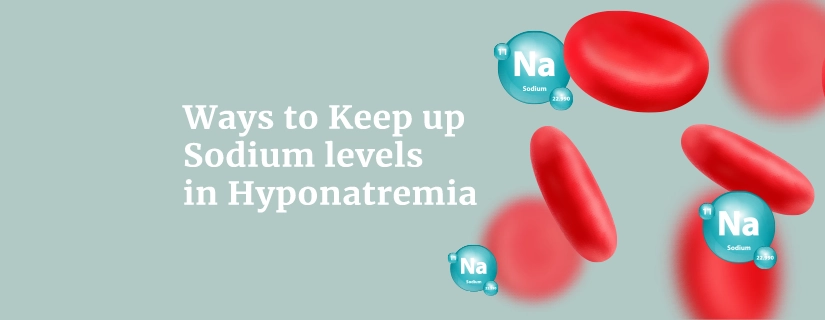
Ways to Keep up Sodium levels in Hyponatremia
11 December 2025
Read More
-

12 Health Benefits of Apple Cider Vinegar
1 December 2025
Read More
-

Vitamin B6 Vs B12: What Is the Difference?
1 December 2025
Read More
-

8 Health Benefits of Vitamin B Complex
1 December 2025
Read More
-

15 Home Remedies for Stomach Pain
1 December 2025
Read More
-
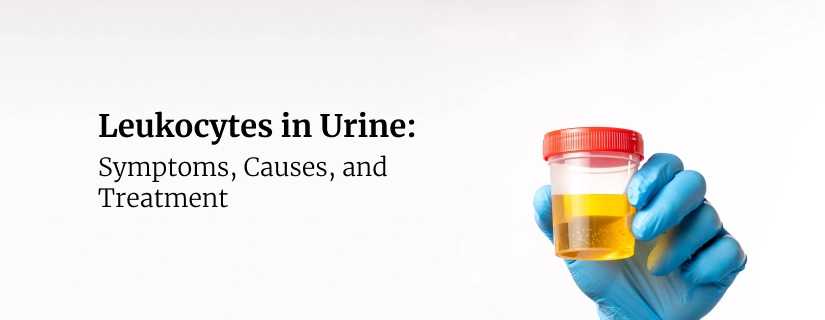
Leukocytes in Urine: Symptoms, Causes, and Treatment
1 December 2025
Read More
-

Lower Back Pain in Women: Causes, Symptoms, Treatment and More
1 December 2025
Read More
-

Male Yeast Infection: Symptoms, Causes, Treatment and Home Remedies
1 December 2025
Read More
Have a Question?
If you cannot find answers to your queries, please fill out the enquiry form or call the number below. We will contact you shortly.







